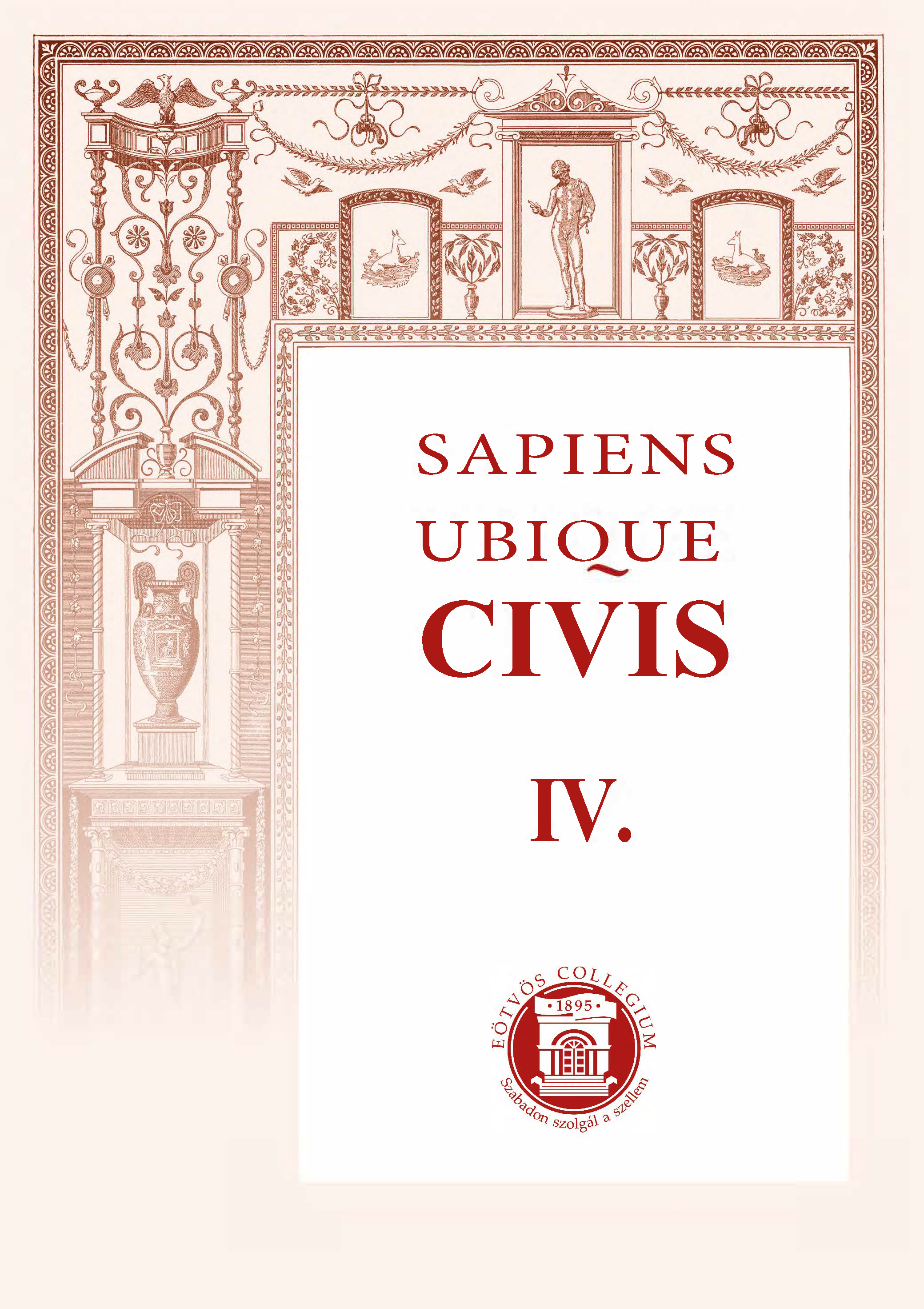Science Communication in the Humanities Principles and Practical Examples
Main Article Content
Abstract
Science communication is an important topic in Natural Sciences and is also on the rise in the Humanities. For researchers there are different ways of science communication. It can be done face-to-face or even through new media. This includes the internet, with its various platforms. The internet offers a way for quick knowledge exchange, networking, and science communication. Science communication often seems to be a burden, as concepts and target groups have to be well thought through and this often has to be done beside the actual research work. However, it also has many advantages for researchers in the Humanities. In addition to a brief introduction to science communication and concept development, this article aims to present different platforms and successful examples of science communication from the Humanities.

